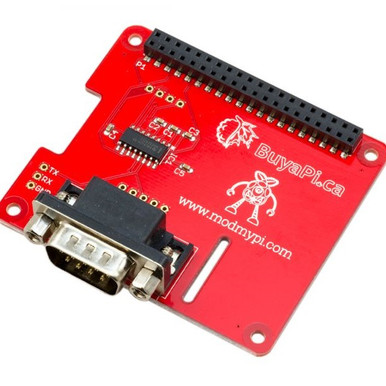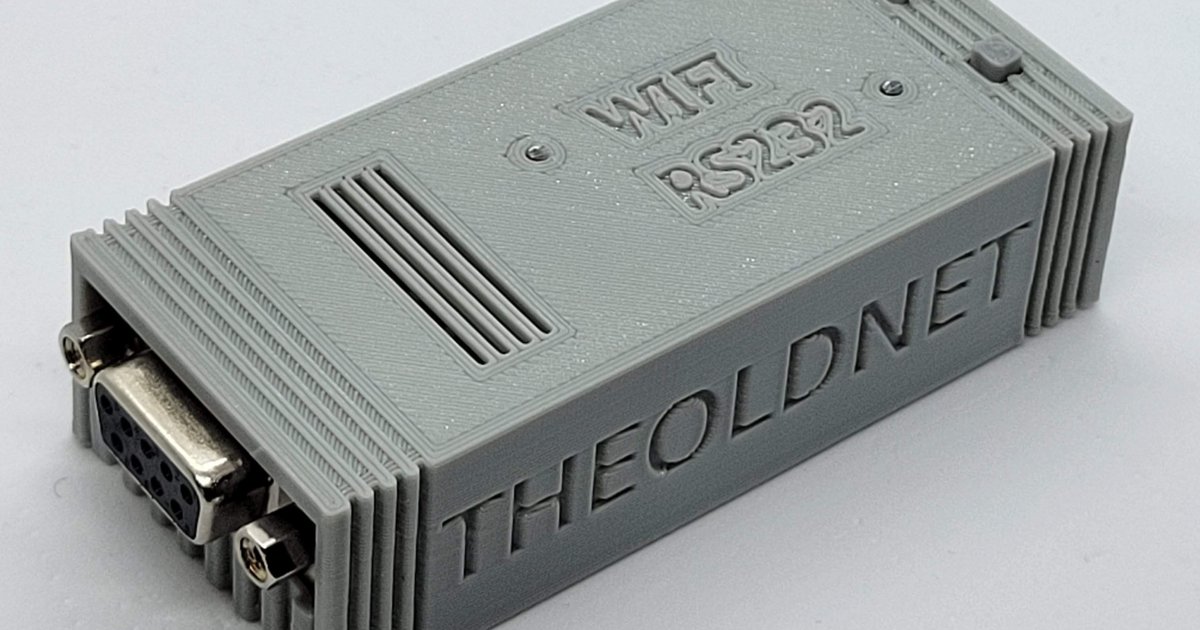Amazing!!! thank for this info, is really helpful.
Do you know what hardware do I need? How do I connect the Apple IIc to a network to get to the Surl-Server.
Wires:
You'll need a computer with an Internet connection on which to run the server, a USB-to-9-pin serial cable, and a 9-pin serial-to-MiniDin-8 serial cable. There are pre-configured server image downloads for a Raspberry Pi, which is what I use - a Pi 3 or newer will work fine. There are also instructions at the bottom of the website for compiling the server software for use on any Linux system you like, if you don't have or don't want to use a Pi.
The cabling I use is a USB-to-9-pin male serial cable with an FTDI chip (looks similar to this:
https://ftdichip.com/products/uc232r-10/). The USB end plugs into the Raspberry Pi, and the serial end into a 9-pin female serial-to-MiniDin-8 cable (like these:
https://www.ebay.com/sch/i.html?_nkw=9-pin+serial+to+minidin-8&_sacat=0&_from=R40). The MiniDin-8 end plugs into the modem serial port on the back of my IIgs; I believe your IIc should have one as well?
(USB-to-serial cables using an FTDI chip are more expensive than some alternatives, but I use them because I've found them to always work with no configuration to be done. If you prefer a different manufacturer and can get a cheaper adapter cable that works, go with that. Also, please tell me what it is

)
That's all there is to the physical connections.
Server/software configuration:
If you're using a Raspberry Pi, download the server image file from here (
https://github.com/colinleroy/a2tools/releases ; you want "surl-server-XXXXX.img.gz") and write that to a microSD card, then insert the prepared microSD card into the Pi. If you'll want to connect the Pi (and ultimately, your IIc) to a network over WiFi rather than with an Ethernet cable, you'll need to configure the Pi with your WiFi network information.
Once you have the Pi connected to your network (either by wire or wirelessly), plug the USB-to-serial cable chain into the Pi and your IIc, load the Internet application floppy disk images (also at
https://github.com/colinleroy/a2tools/releases) onto your FloppyEmu, and boot up the IIc using one of the programs. They all connect to the surl-server automatically.
I hope this is all useful.





